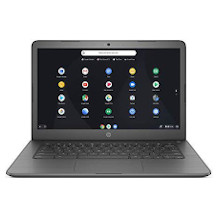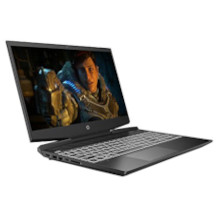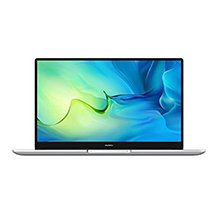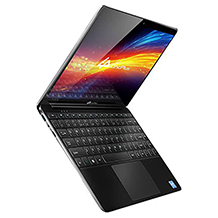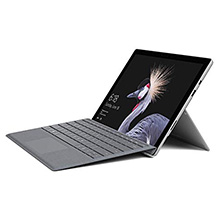Apple MacBook purchasing advice: how to choose the right product
- The most important facts in brief
- Apple MacBooks have their own operating system, macOS, which is very user-friendly, secure and not very error-prone.
- The MacBook Air and the MacBook Pro are currently available in a 13-inch and a 16-inch version.
- Thanks to TouchBar and TouchID, operating a MacBook is intuitive. The Apple T2 Security Chip guarantees the security of your data even in the event of an infection.
- The current MacBook models differ in the size of the display as well as in processor performance, RAM and storage space.
A technical luminary
Do you know the name of the chief designer of Lenovo or Microsoft? Probably not, and you’re not alone in that. Outside the computer industry, these names are virtually unknown. Jonathan Ive, the head of design at Apple, on the other hand, has made it to some prominence. Next to the late company founder Steve Jobs, he is the best-known personality behind the brand. This is no coincidence: product design is a top priority in Cupertino – it is one of the company’s greatest strengths. Apple strictly follows the approach “form follows function”. The user experience is the focus. The computer must adapt to the human, not the human to the computer.
This focus on design also characterises MacBooks, Apple’s laptops. From the high-quality workmanship to the powerful technology to the user-friendly operating system: the manufacturer leaves nothing to chance with its MacBooks. They are high-quality premium notebooks that simply work, without ifs and buts. MacBook owners are largely spared the usual computer frustration that Windows users know only too well.
The MacBook models
In 2006, Apple introduced the first MacBook and made a lasting impression on the notebook market. Since then, the MacBook has been available in three different models, although the original MacBook hardly plays a role any more. Today, the MacBook Air and MacBook Pro are dominant, and both series are constantly updated with new models.
MacBook Air
The first MacBook Air appeared in 2008 and was promoted by Apple as the thinnest notebook in the world. The second generation was released in 2012 and the third in 2018, which is still very popular today. The current MacBook Air is only 1.6 centimetres high when folded. With a weight of around 1.30 kilograms, the Air is a lightweight at the highest technical level. The clear, curved design is unmistakable, so much so that Apple was awarded a patent for it in 2012. The Retina display of the notebook measures about 34 centimetres and has a resolution of 2,560 x 1,600 pixels.
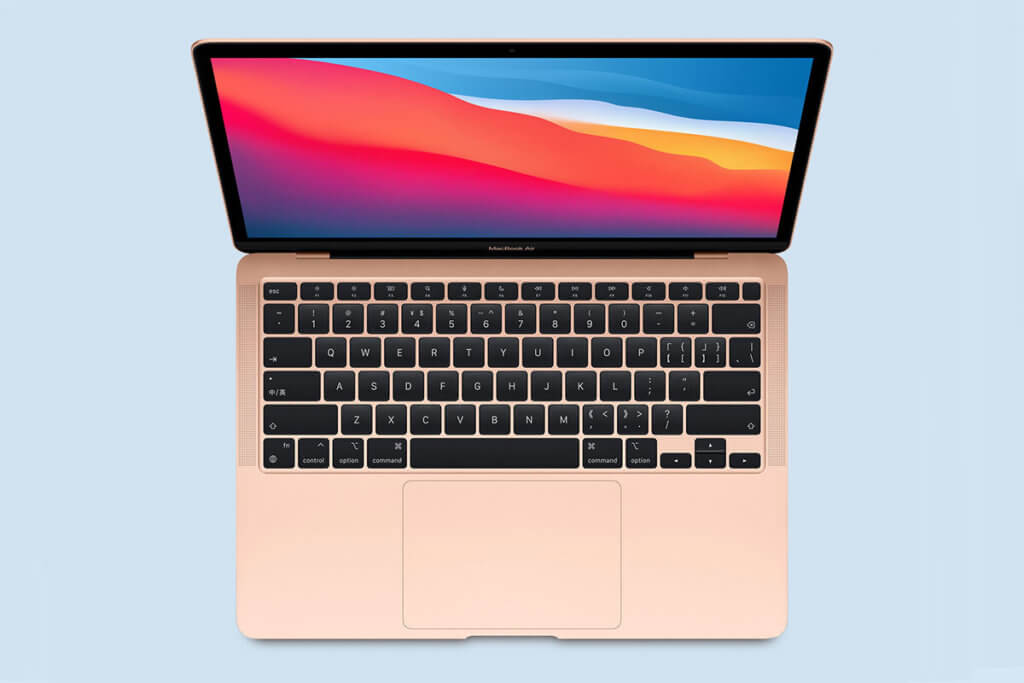
The MacBook Air comes with 256 or 512 gigabytes of storage and has 8 or 16 gigabytes of RAM, depending on the model variant. You can charge it and connect various devices via two Thunderbolt 3 ports. In addition, the MacBook Air has a TouchID sensor, a high-definition camera, a 3.5-millimetre headphone jack and a lithium polymer battery that allows you to work for around 12 hours at a stretch on one charge. The macOS operating system is pre-installed and thanks to the Sidecar feature you can use your iPad as a second screen. Apple also advertises the environmental friendliness of the materials used in its MacBook Air: a mercury- and arsenic-free display as well as a bromine-, PVC- and beryllium-free housing, which is also made of 100 percent recycled aluminium.
16″ MacBook Pro
The 16-inch MacBook Pro was released in 2019 and represents the fifth generation of MacBooks Pro. The device is the successor to the 15-inch MacBook Pro and offers a one-inch larger screen. In addition, the variant has all the features of the previous models and some innovations. Apple has taken user suggestions to heart and changed several things in the 16-inch MacBook Pro: For example, the MacBook does not have a butterfly keyboard, but a keyboard with a scissor mechanism. The keyboard layout has also changed, as the TouchID button is now separate from the TouchBar. The Escape key is also no longer integrated into the TouchBar, which is why it is shorter overall.
In addition, this MacBook Pro comes with more storage of several terabytes, revised speakers, a newly developed cooling system, an improved graphics card and a larger battery. While the 16-inch MacBook is a little heavier and larger than its predecessors, most users should be mild-mannered when it comes to the improved and innovative inner workings of the Apple notebook. Intel is doing its part with its latest generation of processors.
13″ MacBook Pro
The 13-inch MacBook Pro appeared on the market just one year later than the 16-inch variant and represents the fifth generation of the MacBook Pro with the larger partner model. The 13-inch model offers you the same features as its “big brother”: here, too, you type comfortably on a scissor-action keyboard; this has become so popular that Apple no longer makes products with butterfly action. The memory has also been expanded. You can now choose between 256, 512 and 1,024 gigabytes. In addition, you can choose between a MacBook with an eighth- or tenth-generation Intel processor.
The MacBook in the 13-inch variant also has a Retina display with a resolution of 2,560 x 1,600 pixels and four Thunderbolt ports. Due to its inner workings, this MacBook Pro model is also quite a bit heavier than its predecessors. Dolby Atmos support and True Tone technology, which automatically adjusts the colour temperature to the environment, make the MacBook Pro an everyday entertainment device.
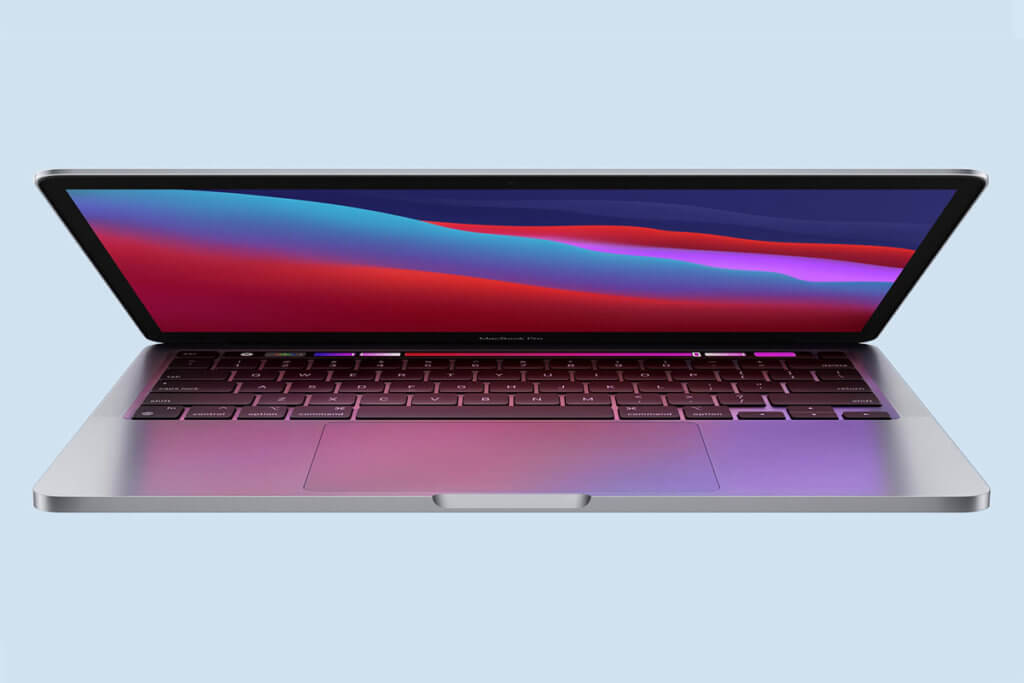
Trade in for the environment
If your old Mac is in good condition, you can trade it in for a credit at an Apple Store of your choice. If your device is no longer suitable for trade-in, you can still take it to a Store. There, it will be properly disposed of and recycled at no extra charge.
What you should look out for when buying a MacBook
When buying a MacBook, you should pay particular attention to the technical details: Processor, memory and storage space are primarily determined by your plans. Because the available memory as well as the speed of the notebook also vary among the current model classes. However, the latest MacBooks are so powerful that the average user who surfs, types and streams will be satisfied with a cheaper variant. Those who plan to edit pictures and videos as well as graphics or the like should reach for a more expensive model. Last but not least, you need to ask yourself which colour is most likely to appeal to you and how long the warranty is valid.
Colour
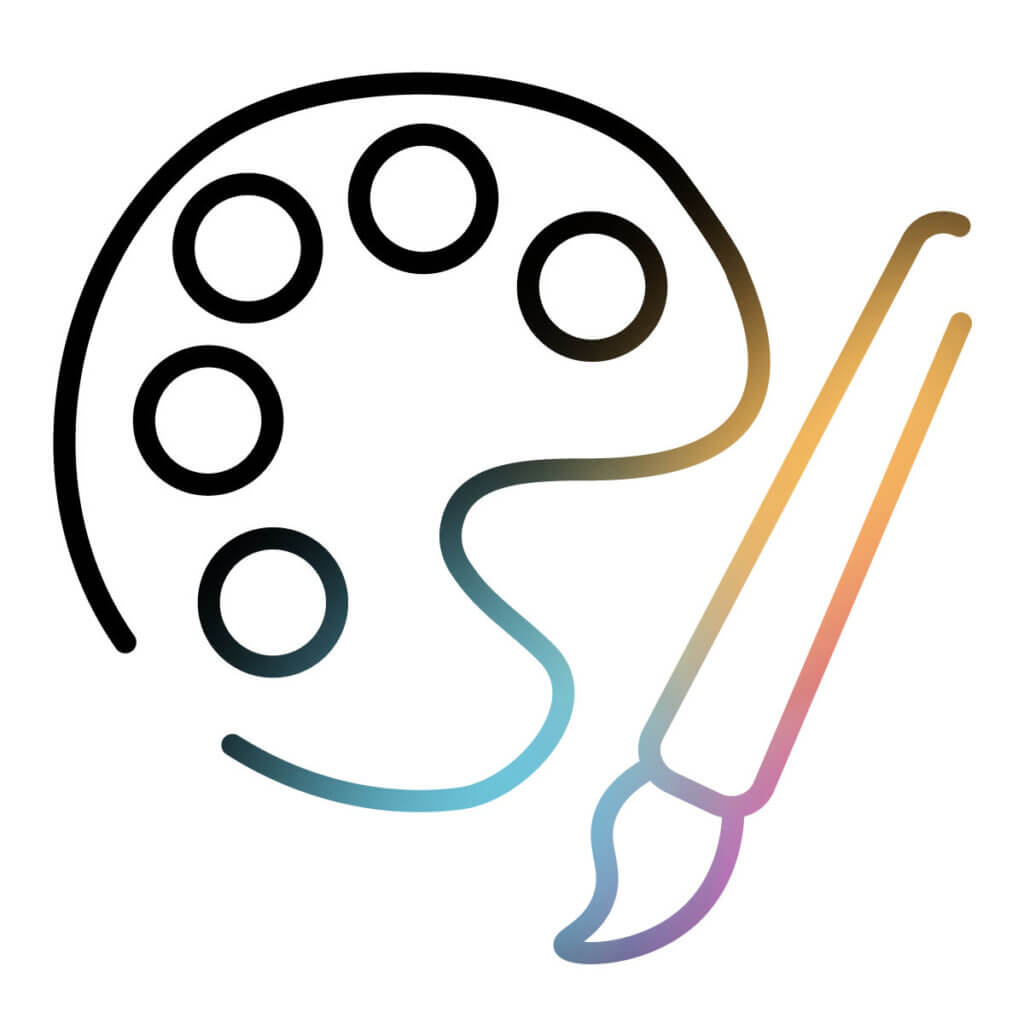
Since the candy-coloured iBooks of the early noughties, colour has been an important distinguishing feature of Apple notebooks. The devices are no longer as colourful as they were back then, but users can still choose between different colour variants. Both versions of the latest MacBook Pro are available in either “space grey” or silver. Future owners of a MacBook Air can also choose gold. The colours are matt and look noble, the lid is always adorned with a bright Apple logo in white.
Processor
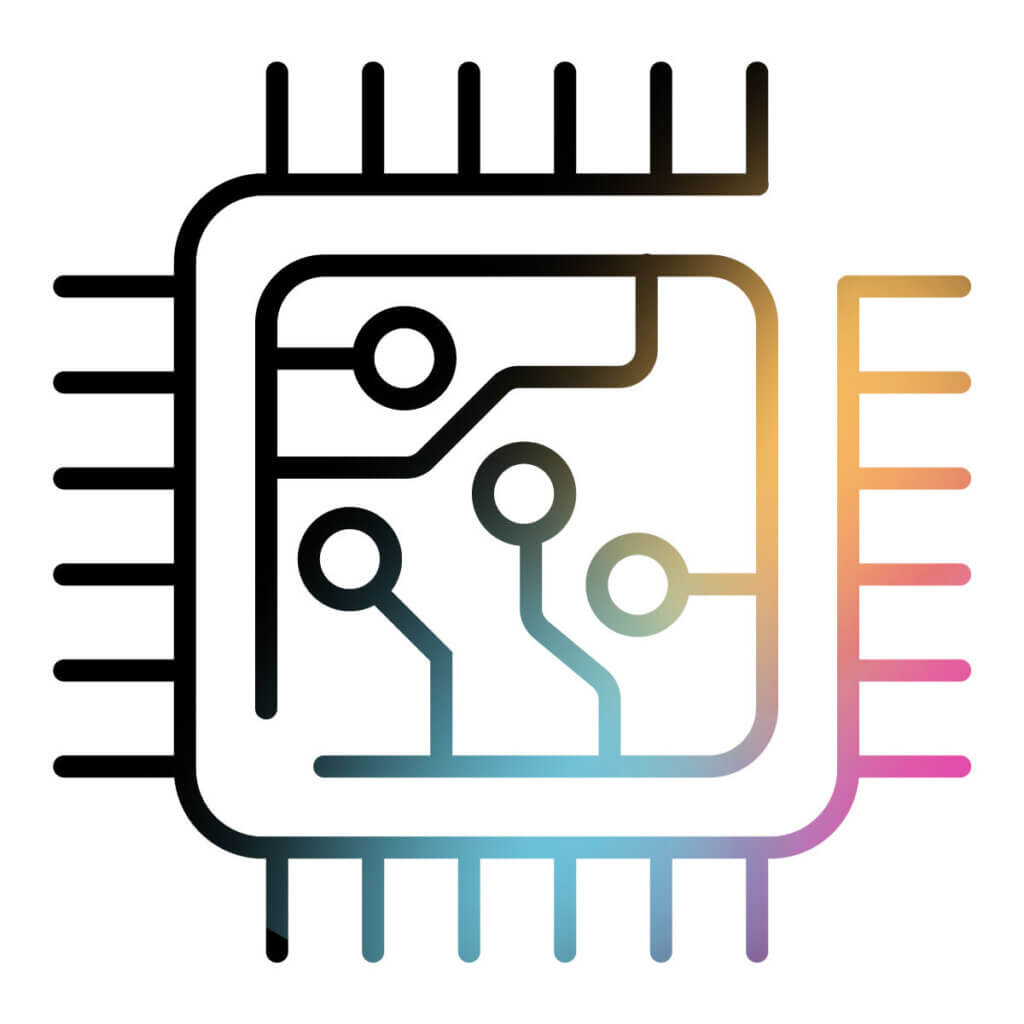
When it comes to the MacBook’s processor, the more expensive the model, the better the processor. The cheapest current variant is the MacBook Air with an Intel i3 processor, which only comes with two cores, for around 1,200 euros. A four-core processor can be found in the 300 euro more expensive variant of the Air and as standard in all models of the 13-inch MacBook Pro. In the 16-inch format, the MacBook has six or eight cores, depending on the price range: you have to pay either 2,600 or 3,100 euros for this.
Working memory

Memory is the storage that holds the applications and data you are currently running. The larger it is, the more applications you can run in parallel, which is especially useful if you want to run multiple compute-intensive applications on your MacBook. The MacBook Air only comes with 8 gigabytes of memory. When you buy the 13-inch MacBook Pro, you have a choice between 8 and 16 gigabytes. The 16-inch model comes standard with 16 gigabytes of memory.
Memory
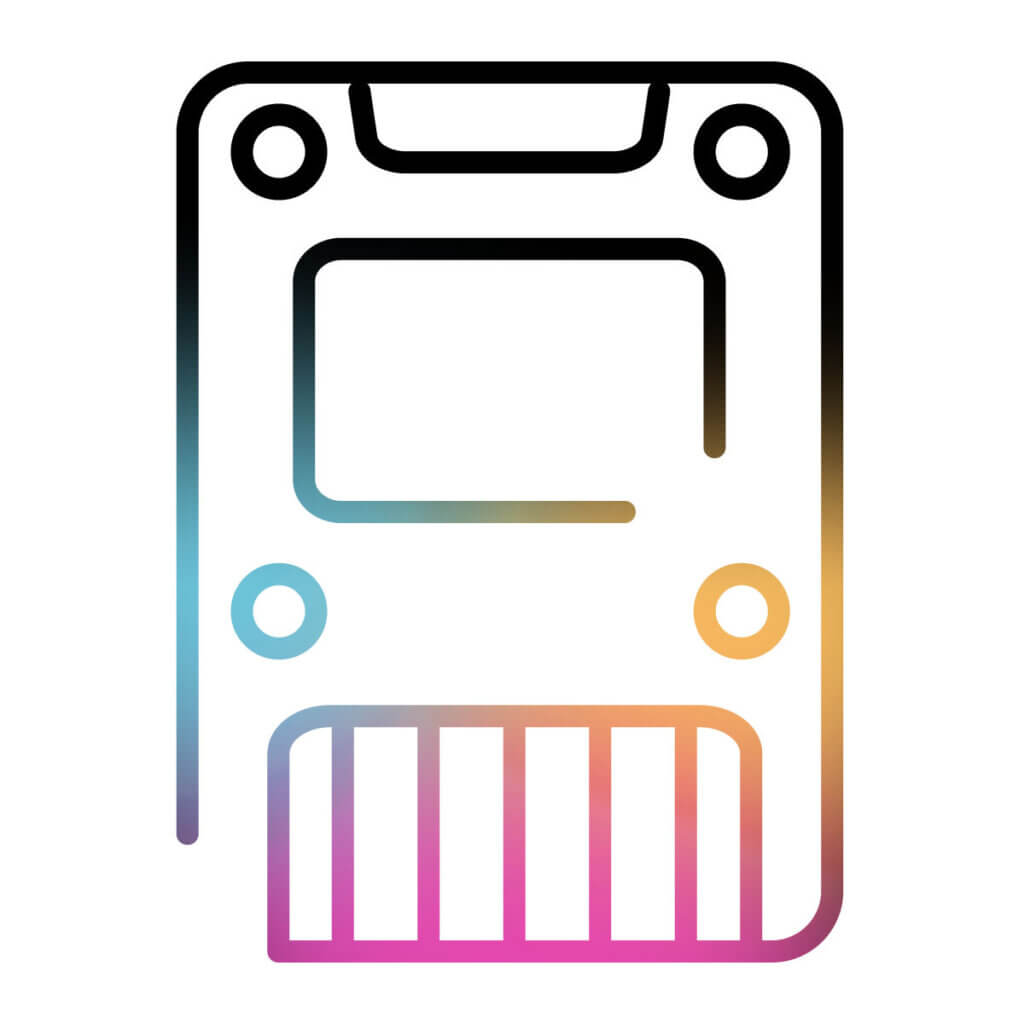
The latest MacBook models are equipped with SSD storage. “Solid-state drives” are electronic storage devices with no moving parts. They are robust, silent and offer fast access times. The MacBook Air is available with either 256 or 512 gigabyte SSD storage. For the 13-inch variant of the MacBook Pro, you can also choose between 256 and 512 gigabytes, or buy the version with one terabyte of storage. The 16-inch model is offered in a 512-gigabyte and a 1-terabyte version.
Warranty

Apple products are guaranteed for one year from the original date of purchase. Within this period, you can also make use of the warranty if you have purchased the device via a third-party supplier. If you want to check your product’s warranty claim, you can do so on Apple’s English-language support site. All you have to do is enter the serial number of the model. This will also tell you whether your device is protected by the Apple Care Protection Plan warranty extension and how long your warranty is still valid.
Special features of Apple MacBooks
Apple has the reputation of being the somewhat different computer manufacturer. Recently, the company even announced that in the future it would be using self-developed processors for its desktops and laptops, no longer Intel CPUs like all other computer manufacturers. Apple also likes to go its own way in other respects. The special features start with the operating system and do not stop with the interfaces.
macOS and apps
One of the most significant differences between Macs and PCs is the operating system. The vast majority of PCs use Windows, but Apple computers always use macOS. The operating system not only determines how a computer’s various hardware components and its applications interact with each other, but also plays a crucial role in how you work with your computer. Whether it is easy or difficult to install new programmes, how you retrieve stored files, whether a computer runs stably or crashes constantly, and whether and how you can switch between different programmes: The operating system is largely responsible for all this and much more.
macOS, Apple’s operating system, is considered very user-friendly, secure and not very error-prone. Apple fans find the user interface not only clearer than that of Windows or most desktop environments under Linux, but also more aesthetically pleasing. The fact that hardware and software come from a single source is a major advantage of Apple. This makes it possible to produce computers in which everything is perfectly coordinated.
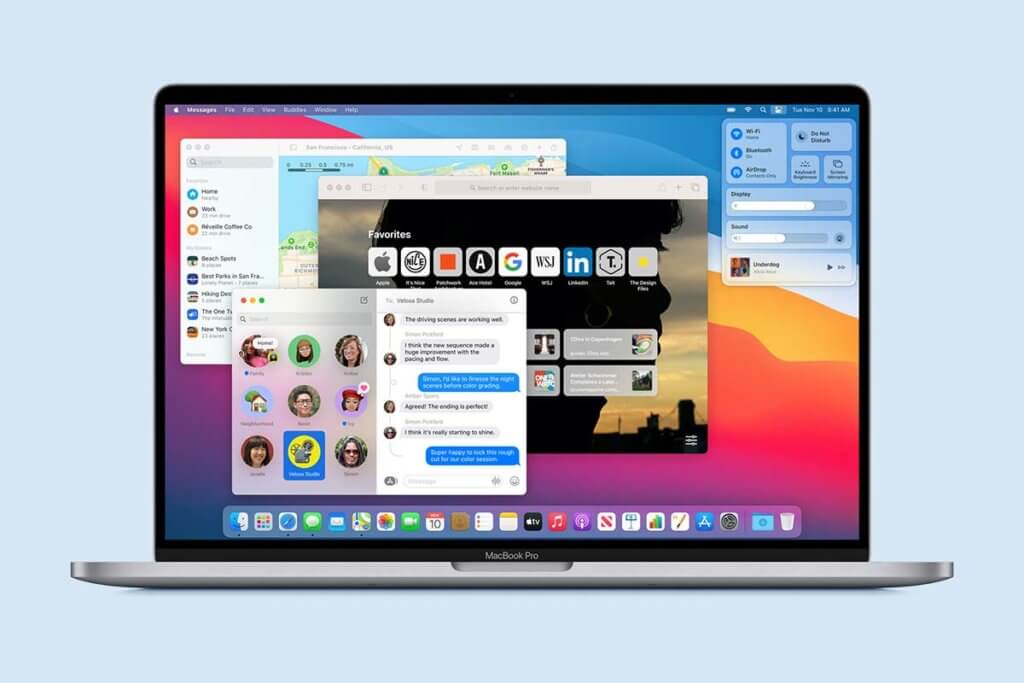
Unlike the Windows developer Microsoft, Apple hardly has to make any compromises with its operating system. It does not have to run on countless hardware configurations from different manufacturers, but only on its own computers – and with three laptop and four desktop models, the variety of Macs is quite manageable.
MacOS has only a few disadvantages. Because this platform is less widespread, the software on offer is also somewhat less diverse. This is not normally a problem, you can basically do everything with a MacBook that you can do with a Windows laptop, but if you are dependent on special programmes, you had better find out before buying whether they are also available for the Mac. Gamers will not be happy with macOS either, the range of games is relatively limited. If you like to play the latest titles, it’s better to stick with a PC – or get a games console in addition to your Mac.
Unibody case made of recycled aluminium
Not only is the bitten apple logo that adorns the lid of every MacBook iconic, but so is the case itself. Apple was one of the first laptop manufacturers to use aluminium rather than plastic for its cases. The company uses a special manufacturing technique: the case, as well as cable guides and fasteners for internal parts, are milled from a solid block of metal. The result is very stable and at the same time slim cases, which Apple markets with the marketing term unibody – the generic name for this manufacturing technique, which originally comes from vehicle construction, is monocoque.
TouchBar
The TouchBar was received quite controversially by users when it was introduced in 2016: Some considered it the most innovative new feature on MacBooks in a long time, while others thought it was simply superfluous gadgetry. Well, innovations don’t always have it easy, but the idea is quite plausible: instead of a row of function keys, the MacBook Pro has a narrow touch display bar that applications can use to display buttons and other controls. This is practical, for example, for word suggestions when typing or for colour selection in an image editing programme.
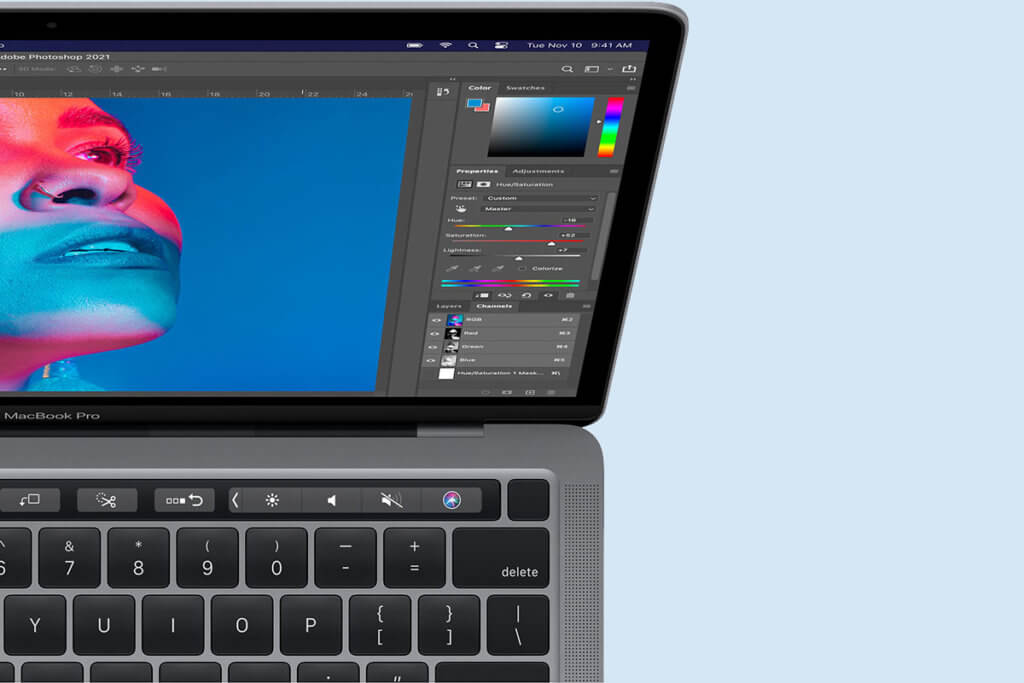
TouchID
Behind the name TouchID is quite simply a fingerprint sensor that is used in a similar way to that of smartphones. The fingerprint replaces passwords – especially when logging in and changing users, but also in apps if the developers have integrated this option.
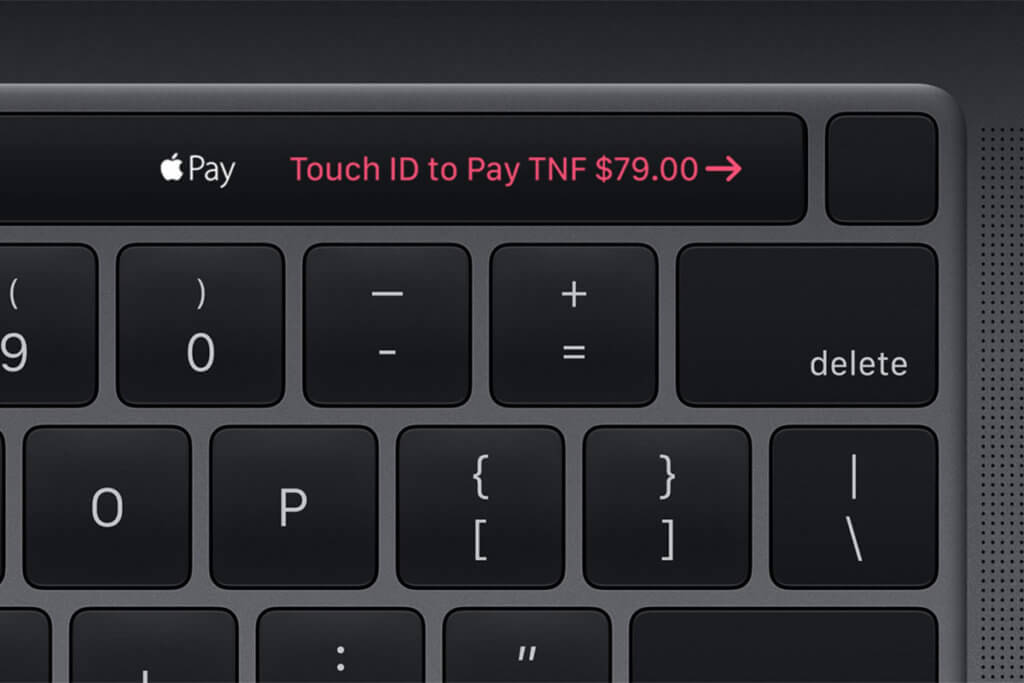
Retina display
Retina display means “retina screen” and describes the screen of Apple products. The display originates from Apple’s technology forge, which is why it is a registered brand name in the USA and Canada. The dot density of a retina display is so high that the human eye cannot recognise individual pixels. Current iPhones and iPads have a screen resolution of 2,688 x 1,242 pixels and 2,732 x 2,048 pixels respectively. Depending on the MacBook, the laptops have a maximum pixel value of 3,072 x 1,920 and are only surpassed by the 4K and 5K displays of the iMac models.
Apple T2 Security Chip
The Apple T2 Security Chip represents the second generation of security hardware designed specifically for the MacBook. The chip provides encrypted memory and secure start-up of the device. The T2 takes control of the microphone and camera and prevents unauthorised access from the outside or infection during the boot process. It also turns off the microphone when you close the MacBook. The software encrypts the internal memory in real time and thus relieves the processor. Thus, your data remains protected even during remote access, as it cannot be read out via the CPU. You can only access the hard drive with a generated key that is unique for each device.
Thunderbolt 3
Thunderbolt describes an interface between computers, monitors and other peripherals developed by electronics manufacturer Intel in collaboration with Apple. Thunderbolt is the third version of this development: with the rotatable USB-C connector, you can transfer all files at up to 40 gigabits per second. Thunderbolt replaces all other external interfaces, so if in doubt, you will need an adapter from Apple to connect your devices to the MacBook. The first devices with Thunderbolt 4 are expected to be on the market by the end of 2020.
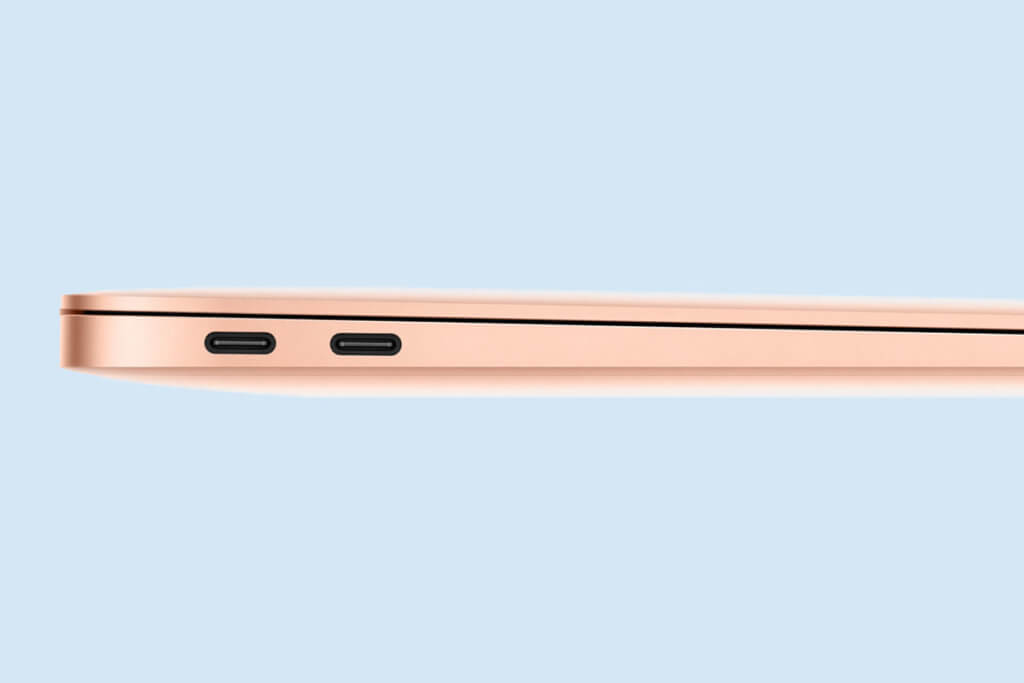
Accessories for the Apple MacBook
To get the most out of your MacBook, Apple provides a range of accessories that you need to purchase separately.
Cables and adapters
Because Apple generally uses its own interfaces, it’s important to make sure you have the right cables and, if necessary, adapters to use all the peripherals and external Apple products of your choice. For example, to connect your MacBook to your iPhone or iPad, you need a USB-C Lightning cable. Apple’s multiport adapter is particularly practical: plug it into your MacBook to connect it to another Thunderbolt-enabled model, to a TV via the HDMI port or to a device with a USB port.
Sleeves and cases
To transport your MacBook safely and to prevent scratches or other damage, a case is recommended. These are not available from Apple itself, but from various third-party manufacturers in a range of materials and colours: For example, leather looks very classy, while fabric covers are often available in bright and colourful patterns. To protect the case of the MacBook during use, you can use a hard case. Similar to a smartphone, this is “strapped” to the MacBook. A backpack is especially recommended for those who transport more than just their notebook: iPad, iPhone, charging cable, paper pad et cetera find enough space here.
Protection for you and your MacBook
Those who work in public places and want to protect themselves from the gaze of curious fellow human beings can turn to a display protector for MacBooks. This privacy screen clamps onto the screen and reduces the visibility of the display from the side thanks to an innovative side-view filter. In addition, the product serves as a glare shield; all screen functions such as sleep mode can still be used. Since the screen protector is easy to remove, it is ideal for travelling and working outside the office.
Keyboard and mouse
If you want to use your MacBook as a display only or build a desktop setup with a second monitor, you can work best with an external keyboard and mouse. Apple keyboards are available either with or without a numeric keypad. When it comes to mice, you have a wide range of models to choose from.

The conventional Apple mouse, also known as Magic Mouse, works wirelessly and has a multi-touch surface with which you can control all functions. At around 100 grams and about 2 centimetres, the mouse is particularly light and small. The Hands-Free Mouse allows people with motor impairments to operate the mouse without using their hands. Control your MacBook with head movements and click with dwell control. The mouse is also compatible with iPhones and iPads. A special mouse for people who have difficulty with their fine motor skills is also available. It has a three-inch ball in the middle that you can use to navigate. Extra large buttons to the left and right of the ball allow for easy operation. Optionally, you can also connect a second, “normal” mouse. Just about any conventional mouse is compatible with a MacBook.
Trackpad
The Magic Trackpad from Apple is a 1 centimetre flat pad whose surface is made of glass. Underneath are four sensors that allow you to click anywhere on the pad to use the features of your MacBook. The sensors also detect how hard and how long you press, so you can control all of your notebook’s functions solely with the pad. The trackpad automatically pairs with your MacBook.
Stands and supports
MacBook stands have an ergonomic design that ensures you work comfortably. You can choose between metal, wood and plastic models, which are available either directly from Apple or from one of the various third-party manufacturers. If there is a recess in the middle of the support, the MacBook is also better ventilated. Some stands have brackets at the front that you clamp the device into, so you can open it with one hand. Some stands are so high that it is difficult to work on the MacBook keyboard. In this case, an external keyboard and mouse are recommended. Add a second display and you have the perfect desktop setup.
AirPods
AirPods are wireless headphones from Apple. The technically innovative AirPods offer good sound quality, noise cancellation and a transparency mode. When this is activated, outside noises are allowed in thanks to outward-facing microphones. So you can hear everything that’s happening around you, even when you have the headphones in your ears. AirPods let you enjoy the best quality video and music streaming on your MacBook.
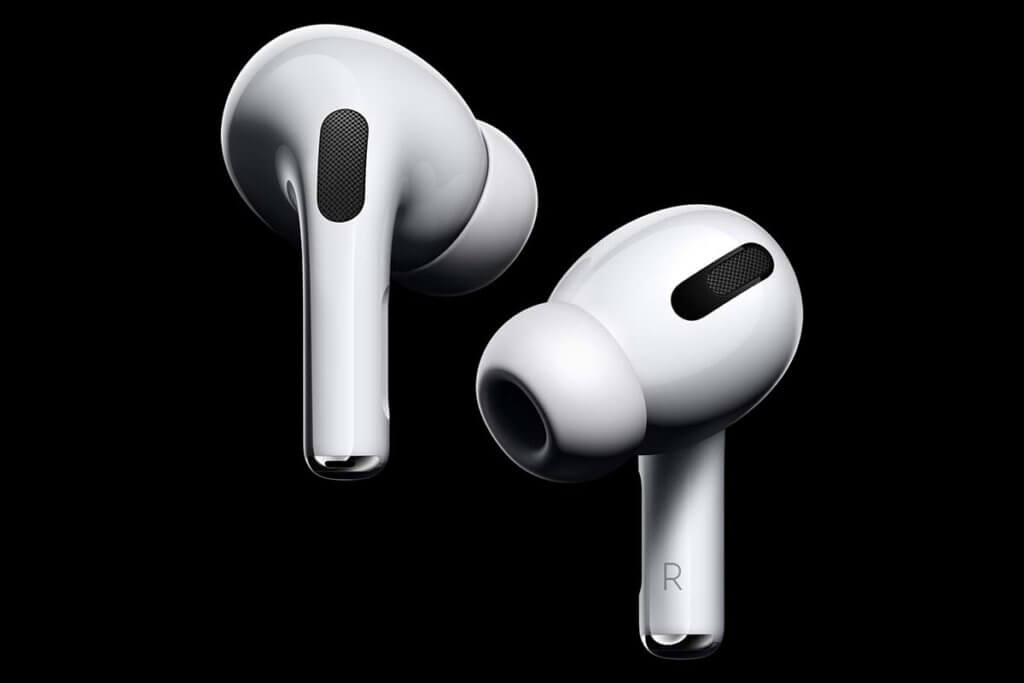
External hard drives
While the latest MacBook models have plenty of internal storage, one terabyte is the upper limit. If you need more storage, an external hard drive can help. These hard drives are usually several terabytes in size and offer enough space for videos, music and photos in the highest quality. With hard drives, you can even make backups of your notebook software so that all your data is never lost.

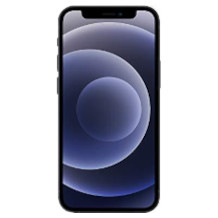
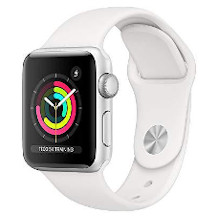
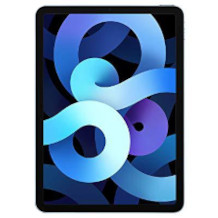
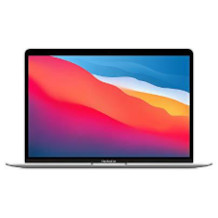
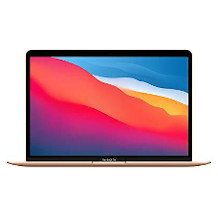
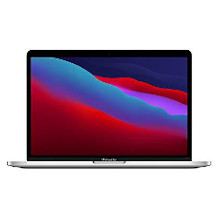
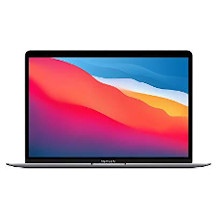

 3,393 reviews
3,393 reviews
